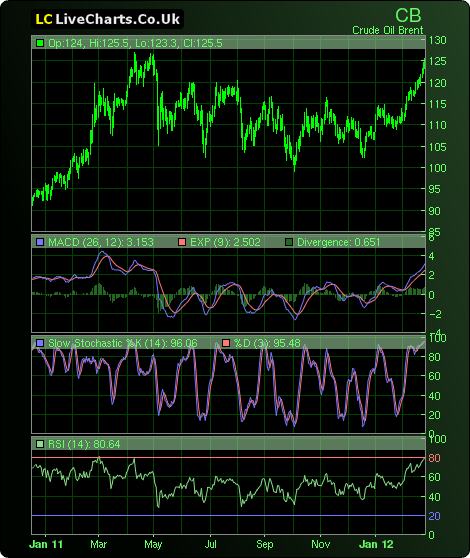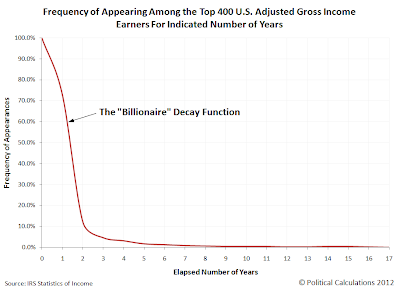How much has the average cost of college at a four-year degree-granting institution risen since the 1976-1977 school year?
Our first chart below, drawing on data published in the Digest of Education Statistics: 2010 reveals the answer!

We see that the average cost of tuition and required fees at a four-year institution has risen from $1,218 in the 1976-1977 school year to $12,467 through the 2009-2010 school year.
But how affordable is that? To find out, we calculated the ratio of the average cost of tuition and fees with respect to the median household income for each of these years, which will give us a pretty good idea of just how affordable college has become for the years since 1976:

Here, we've shaded the years where the cost of a college education rose the fastest with respect to median household income. These are the times in which the cost of college really inflated beyond the ability of a typical American household to pay for it.
Next, let's look at the cost of college vs median household income, which will really let us see the inflation of the higher education bubble at work:

In this chart, we've estimated the additional inflation in college tuition and fees that has taken place in the 2010-2011 school year.
But what's really making college so unaffordable for the typical American household? The findings of a recently reported study points to the answer:
Perhaps worse for students than a crowding out effect is the Bennett Effect, named for William Bennett, who 25 years ago as Secretary of Education wrote for the New York Times, "Increases in financial aid in recent years have enabled colleges and universities blithely to raise their tuitions."
[...]
There have been mixed findings on the Bennett Effect in recent decades, with some studies finding a dollar-for-dollar relationship and others, none at all. Determining why college costs are rising is a difficult task, after all. Stephanie Riegg Cellini of George Washington University and Claudia Golden of Harvard take a new approach, focusing on for-profit schools. Some of these are eligible to participate in so-called Title IV aid programs (named for a portion of the aforementioned Act) and some not.
After adjusting for differences among schools, the authors find that Title IV-eligible schools charge tuition that is 75% higher than the others. That's roughly equal to the amount of the aid received by students at these schools.
Without such subsidies, college students would pay the full cost of the tuition and required fees for their education out of their own pockets, or through other financial aid, such as through student loans. With subsidies, the average college student is effectively paying the same amount of their own pockets as they would have without the subsidies, but their universities are also collecting the additional amount of the subsidies.
We see this effect especially during years of recession, where the federal government acted to sharply increase the subsidies for college educations. That's why we see the higher education bubble greatly inflate during these years.
It wasn't always that way. Back in 1982, in the depths of the second biggest recession since World War 2, the federal government didn't jack up its subsidies anywhere near like it did in later recessions. As a result, the cost of college remained closely coupled to the incomes of the typical American household.
But as you can see, the federal government has different ideas today. Perhaps because it has become the dominant student loan provider, as student loans have become nearly the full equivalent of taxes.
Data Sources
Digest of Education Statistics: 2010. Table 345. Average undergraduate tuition and fees and room and board rates charged for full-time students in degree-granting institutions, by type and control of institution: 1964-54 through 2009-10. 5 April 2011.
U.S. Census. Current Population Survey. Annual Social and Economic (ASEC) Supplement. HINC-01. Selected Characteristics of Households by Total Money Income in 2010. 13 September 2011.










